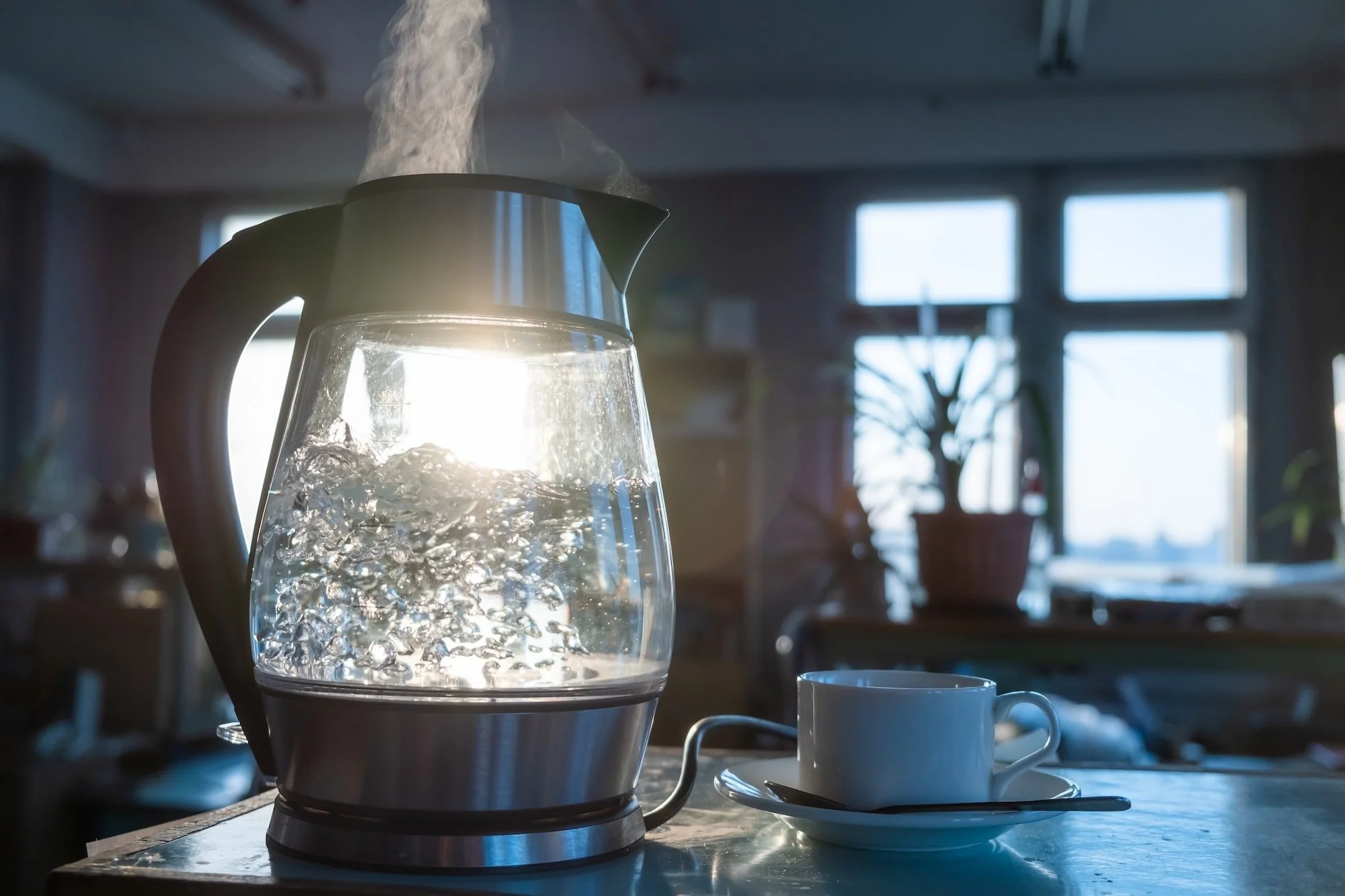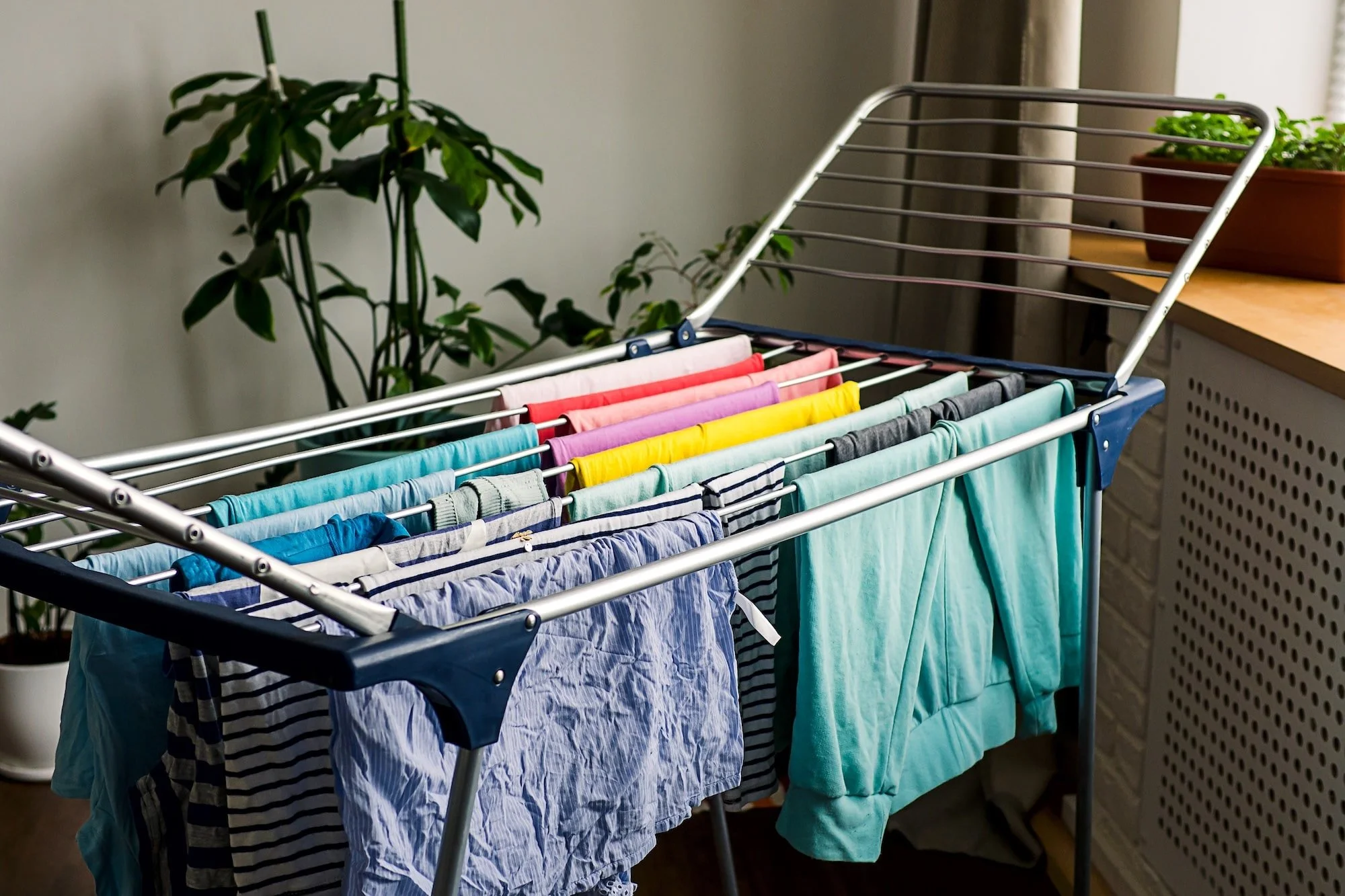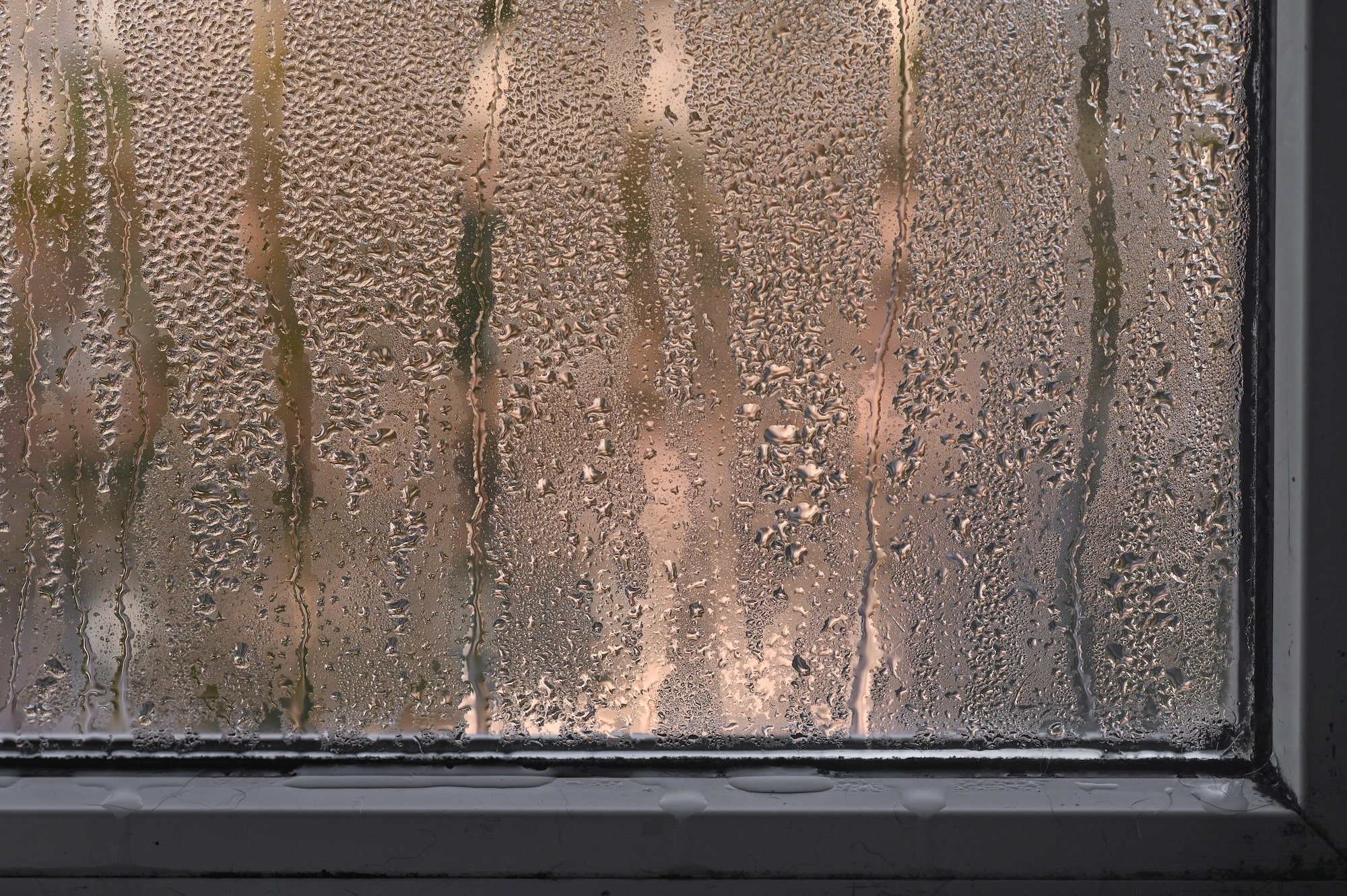Positive Input Ventilation (PIV) Explained: Benefits and How It Works
If you’ve noticed water droplets on windows, black spots walls and ceilings or a musty smell that never quite goes away, you’re not alone. Condensation, mould and stuffy rooms are common in UK homes and workplaces, especially as modern buildings hold on to heat and lock in moisture.
A proven way to tackle the cause of mould is Positive Input Ventilation (PIV). At Condensation Cured, we install and maintain PIV ventilation across the UK. PIV systems steadily lower humidity, refresh the air and help stop mould from coming back.
In this guide, we’ll explain what positive input ventilation is, how a PIV unit works in practice, the pros and cons, and how quickly you can expect to see results.
What is a PIV Unit?
A Positive Input Ventilation (PIV) unit is a simple but effective way of improving the air quality in your property while keeping moisture levels under control. It works by drawing in fresh, filtered air from outside and gently pushing it into your home through a central unit. This steady airflow dilutes stale, humid air and helps prevent condensation from forming on cold surfaces.
In most houses, the unit is installed in the loft so it can draw air from outside and distribute it evenly through the landing or hallway. In flats or properties without loft space, a wall- or ceiling-mounted unit is used instead.
Unlike a standard extractor fan that only kicks in when you switch it on, a PIV system runs continuously in the background, improving ventilation across the whole property.
How Does a PIV System Work?
A PIV system works a bit like a car windscreen demister by getting rid of moist air before it has a chance to turn into condensation droplets on hard surfaces.
Fresh air intake
The unit draws in air from outside, either through the loft (in houses) or directly through an external wall (in flats and bungalows).
Filtering
Before it reaches your living spaces, the air passes through a filter that removes dust, pollen and other airborne particles.
Air distribution
The filtered air is gently pushed into the home at a constant, low level, creating a slight positive pressure. This airflow steadily dilutes and replaces stale, humid air.
Moisture reduction
By keeping humidity down, it stops warm, moist air from settling on cold surfaces, which means condensation and mould have far less chance to develop.
The process is quiet, unobtrusive and designed to run all year round, so you’re not relying on opening windows or switching fans on and off to keep your air fresh.
Benefits of Positive Input Ventilation
A well-fitted PIV system can make a noticeable difference to your home or property. Here are some of the main advantages:
Prevents condensation and mould growth
Keeps walls, ceilings and windows dry, protecting your home’s structure and finish.
Improves indoor air quality
Constantly brings in filtered fresh air, reducing dust, allergens and pollutants.
Supports asthma and respiratory health
Less damp and fewer airborne irritants can make it easier to breathe.
Low running costs
Energy-efficient fans cost just a few pence a day to run.
Minimal maintenance
Filter changes are straightforward and only needed occasionally.
Year-round comfort
Keeps air fresh and humidity balanced in every season.
Quick installation
Most systems can be fitted in a single day with little disruption.
Seasonal Benefits of PIV
A PIV system isn’t just for the winter months, it works quietly in the background all year round to keep your indoor environment healthy.
By lowering humidity, PIV stops warm, moist air from settling on cold surfaces in winter months, so you don’t get that morning build-up of condensation on windows or damp patches on walls
On warm days, it keeps air moving without you having to leave windows open, which is ideal if you want to keep out pollen, dust or traffic fumes.
How Long Does a PIV Unit Take to Work?
Most people start to see a difference quite quickly. In many cases, condensation on windows and walls begins to reduce within a few days to a couple of weeks.
For the full benefits, such as improving air quality, keeping humidity stable and preventing mould from returning, it can take anywhere from 2 to 6 weeks.
This depends on the condition of the property, how much moisture is being produced indoors, and whether other ventilation measures are in place.
At Condensation Cured, we back every installation with a 60-day money-back guarantee. That way, you’ve got complete peace of mind that if the system isn’t delivering results, you won’t be out of pocket.
Common Causes of High Humidity in Homes
Many homes in the UK naturally hold on to humidity, especially as modern properties are built to be more airtight for energy efficiency. While this is great for keeping heat in, it can also trap moisture indoors.
Here are some of the most common causes:
Everyday Activities
Cooking, showering, boiling the kettle, even breathing release water vapour into the air. A family of four can produce several litres of moisture every day without realising it.
Drying Clothes Indoors
Hanging laundry on radiators or clothes horses can quickly raise indoor humidity. Without good ventilation, that moisture has nowhere to go but into the air and eventually onto your walls and windows.
Poor Ventilation
Blocked air bricks, closed trickle vents, or a lack of extractor fans mean humid air isn’t being replaced with fresh air. Over time, this creates the perfect conditions for condensation and mould.
Airtight modern homes
Double glazing, cavity wall insulation and draught-proofing help reduce heating bills, but they also reduce natural airflow.
Without a controlled ventilation system, moisture can build up surprisingly quickly.
Seasonal factors
In winter, warm indoor air meets cold surfaces like windows and external walls, causing condensation to form. In summer, humid outdoor air can still cause problems if it enters a cooler home and condenses on surfaces.
Understanding what’s causing high humidity is the first step towards fixing it. The good news is that a PIV system tackles these everyday moisture sources by keeping air moving and humidity in check all year round.
Is a PIV System Right for You?
A PIV system can be a great fit if you’re dealing with:
Persistent condensation on windows, walls or ceilings.
Visible mould or a constant musty smell that’s hard to shift.
Asthma, allergies or other respiratory issues made worse by damp, stale air.
Rental or social housing where you want a preventative solution that keeps properties healthy and reduces repair costs.
Please note, if your property has severe rising damp or penetrating damp, a PIV unit won’t fix the root cause on its own. In these cases, we can combine ventilation with other measures such as our damp proofing services to give you a complete, long-term solution.
Why Choose Condensation Cured for PIV Installation?
When it comes to tackling condensation and mould, experience and independence matter. Here’s why homeowners, landlords and housing providers choose us:
Independent Specialists
We’re not tied to any single manufacturer, so we’ll always recommend the best unit for your property.
Nationwide Coverage
Our engineers work across the UK, so we can usually get to you quickly.
Over 50 years’ Combined Experience
Decades of knowledge in ventilation and condensation control.
Nuaire BPEC Approved Installer
We meet recognised industry standards for quality and safety.
Tailored Solutions and Honest Advice
No pushy sales, just the right fix for your problem.
60-day money-back guarantee
Complete peace of mind that your investment will deliver results.
“I can’t thank Condensation Cured enough for their Condensation Cured PIV installation and mould treatment services. Since the work was completed, my family and I have experienced a significant improvement in our respiratory health. The air feels cleaner, and there’s been no sign of mould. We’re grateful for the positive change in our home environment.” Lucy T
Get a Quote with Condensation Cured
Considering a PIV unit for your property? Get in touch with our team to discuss your property requirements and we’ll put together a bespoke quote to meet your needs.
Positive Input Ventilation (PIV) Frequently Asked Questions
Where can a PIV unit be installed?
In most houses, the unit is fitted in the loft. In flats or properties without loft space, a wall- or ceiling-mounted unit is used instead.
Is PIV suitable for flats and apartments?
Yes, wall- or ceiling-mounted units are available for homes without a loft. They work in the same way as loft-mounted systems and are tailored to the layout of your property.
How much energy does a PIV system use?
PIV units are designed to be energy-efficient, typically costing just a few pence a day to run.
How long does it take for a PIV system to work?
Many people notice less condensation within a few days to a couple of weeks. For the full benefits, such as better air quality and long-term mould prevention, it can take between 2 and 6 weeks, depending on your property and lifestyle.
How is a PIV system different from an extractor fan?
An extractor fan removes air from a single room and only works when it’s switched on. A PIV system works across the whole property and runs continuously in the background, keeping air fresh and moisture levels low all year round.
Does a PIV system help with damp problems?
PIV systems are very effective against condensation-related damp, but they won’t fix rising damp or penetrating damp. If those are the issues, we’d recommend combining PIV with our damp proofing solutions.
How often does a PIV filter need changing?
Filters generally need changing every 3–5 years, depending on the unit and the local air quality. It’s a simple job that we can handle during a service visit.



